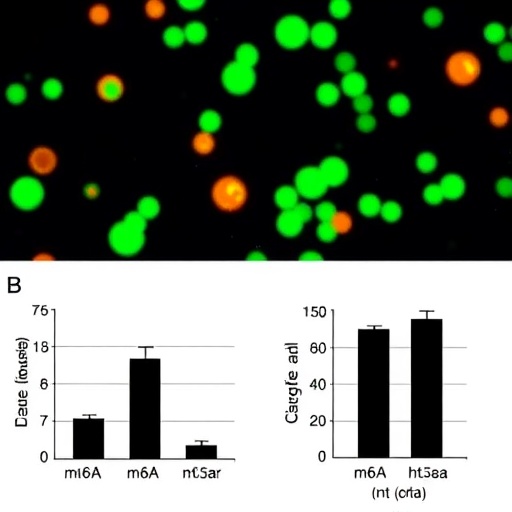Findings come as country considers Liquor Products Amendment bill
Adults in South Africa consume more alcohol than adults in most other countries; previous research has shown this comes with high rates of fetal alcohol syndrome and is a driver of the country’s leading causes of death: sexually transmitted infections and interpersonal violence.
Now, the first study to look at contextual factors surrounding heavy drinking in South Africa, led by Boston University School of Public Health (BUSPH) researchers, finds high-risk drinking is common in the country, with larger container size emerging as the factor most associated with heavy drinking.
The study, published in Substance Abuse Treatment, Prevention, and Policy, found that the heaviest drinkers accounted for 94 percent of all alcohol consumed, and that 93 percent of all alcohol was consumed on heavy-drinking occasions.
The International Alcohol Control study defines heavy drinking as eight or more standard drinks on an occasion for men or six or more on an occasion for a woman. This definition is higher than the one typically used in surveys and by the World Health Organization, which considers five drinks for a man and four for a woman to be heavy drinking.
Respondents who drank their primary alcoholic beverage from above average-sized containers were almost eight times more likely to drink heavily than respondents who primarily drank from average-sized containers.
The findings come as the country considers the Liquor Products Amendment, which would raise the drinking age from 18 to 21?years old, establish a minimum buffer between alcohol outlets and other outlets or sensitive locations such as schools, and hold alcohol manufacturers and suppliers of alcohol to unlicensed alcohol outlets liable for damages resulting from consumption of their products.
“Given the atypically high prevalence of heavy drinking among South African drinkers, upstream approaches like the policies outlined in the Liquor Products Amendment bill have the potential to prevent a wide array of harms by focusing on a common root cause: alcohol,” says lead study author Pamela Trangenstein, a postdoctoral associate in the Department of Health Law, Policy & Management at BUSPH.
###
About Boston University School of Public Health:
Boston University School of Public Health, founded in 1976, offers master’s- and doctoral-level education in public health. The faculty in six departments (biostatistics; community health sciences; environmental health; epidemiology; global health; and health law, policy & management) conduct policy-changing public health research around the world, with the mission of improving the health of populations–especially the disadvantaged, underserved, and vulnerable–locally, nationally, and internationally.
Media Contact
Meaghan Agnew
[email protected]
617-358-3367
https:/




